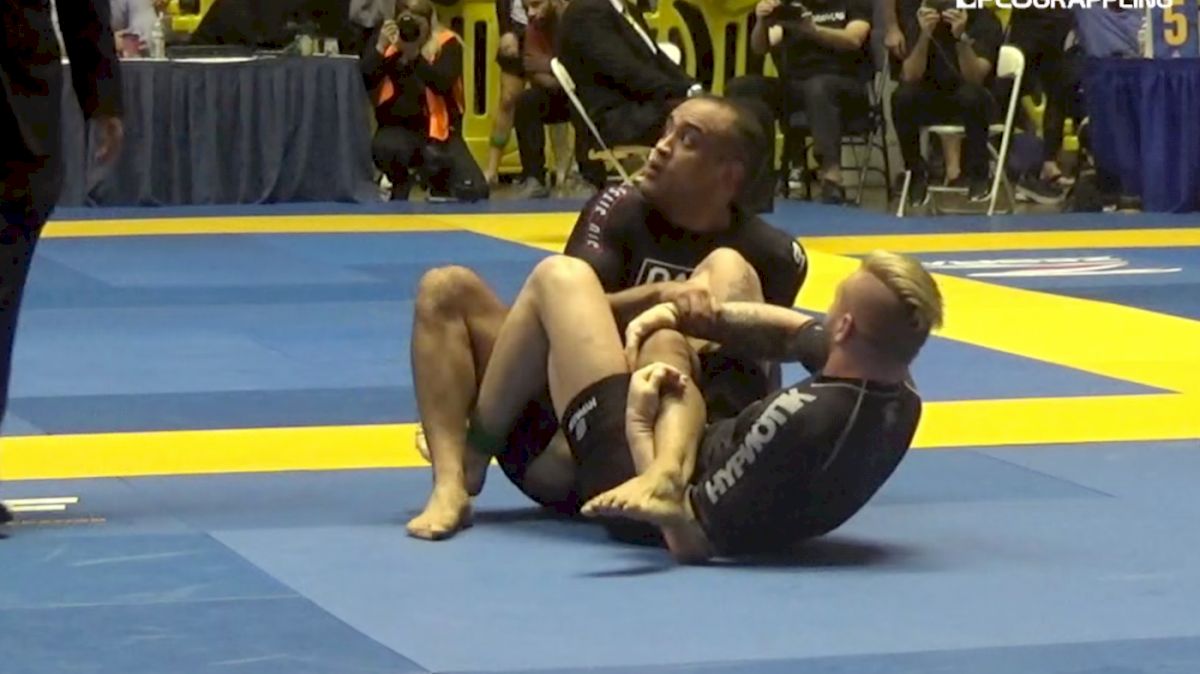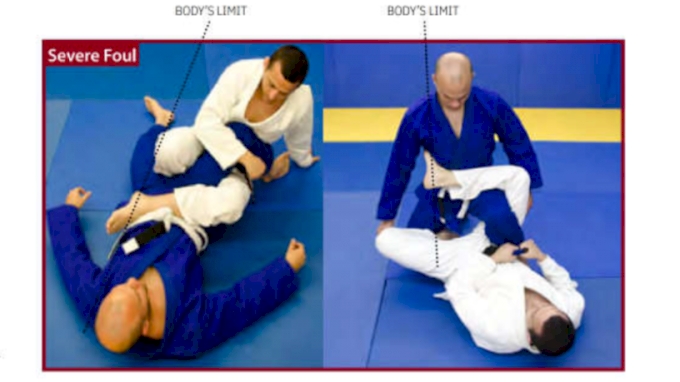Gordon Ryan Demystifies the Rules Around Reaping
Gordon Ryan Demystifies the Rules Around Reaping
Distilled into a single phrase, Gordon proved that the cross ashi-garami position is not equivalent to reaping – at least on its own.

Unlock this article, live events, and more with a subscription!
Already a subscriber? Log In
"Gordon Ryan Beats IBJJF Reaping Rules" could serve as the sensationalist title to this piece, but really what Ryan showed at No-Gi Worlds was (for the second time) a masterful understanding of the ruleset.
Distilled into a single phrase, Gordon proved that the cross ashi-garami position is not equivalent to reaping– at least on its own. For an athlete to be guilty of reaping, they need to be in the cross-ashi garami position combined with a near ankle grip or leg lace position. The details are certainly a little confusing without accompanying images, thankfully Ryan recently put up an Instagram post explaining the nuances of the rules.
Now that we've seen Ryan's breakdown of what reaping isn't, let's review what the IBJJF official guidelines say on the position. The IBJJF officially defines reaping in their rulebook as an action:
"Characterized by when one of the athletes place his thigh behind the leg of his opponent and passes his calf on top of the opponents body above the knee, placing his foot beyond the vertical midline of the opponents body and applying pressure on his opponents knee from the outside, true inside, while keeping his foot of the leg at risk stuck between his hip and armpit."
"It is not necessary for one of the athletes to hold the foot his opponent in order for the foot to be caught or stuck. For the purposes of this rule, when one athlete is standing and bearing their weight on the foot of the same leg as the knee in danger, the foot will be considered caught or stuck."

Image is taken from the IBJJF's Official Rulebook.
Therefore, there are two critical components to a leg reap– the foot crosses the midline of the opponent's body, AND/OR a foot is caught or stuck: caught or stuck meaning that the near leg is wrapped in an ankle lock (or Achilles grip, as Ryan calls it) or a leg lace position.
The illegal position severely limits the athlete's ability to rotate their knee, and in theory, makes the position more susceptible to injury. In contrast, the scoop grip is not a penalized position as the opponent is able to move rotate leg freely.
Enough theory, let's see the rules in action.
Gordon used these principles with masterful effect in his first match with Yuri Simoes at No-Gi Worlds.
Here you can see Ryan enters the cross ashi-garami by inverting from the 50-50 position. Towards the end of the gif you can also notice the Ryan instinctively considered wrapping the near leg's Achilles with an ankle lock grip before quickly switching to a 'scoop grip' position. If Gordon had completed the Achilles grip he could very well have been DQ'd on the spot.
Also, referring to the IBJJF's rules above, it's clear the Ryan's 'top leg' has not crossed Yuri's midline– it's going straight down from the thigh into the ground. Had Ryan extended his leg straight across Yuri's stomach, he would be considered guilty of reaping.
Gordon used the 50/50 entry more than once in his first match with Yuri, here's another version of the same move seen above.
So, now that the does and don'ts of reaping have been laid bare and backed up with concrete examples, reaping doesn't actually seem like such a complicated position after all.
Watch all of Gordon Ryan's matches from No-GI Worlds